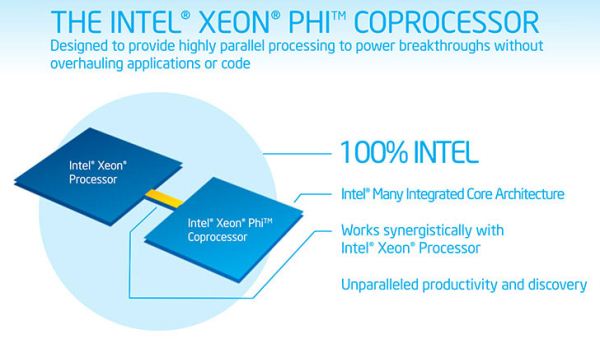- Joined
- Jun 27, 2001
- Messages
- 15,814
so who's going to be the first to get a spicy one of these?
http://www.engadget.com/2012/06/18/intel-christens-its-MIC-products-xeon-phi/

http://www.engadget.com/2012/06/18/intel-christens-its-MIC-products-xeon-phi/
![[H]ard|Forum](/styles/hardforum/xenforo/logo_dark.png)
